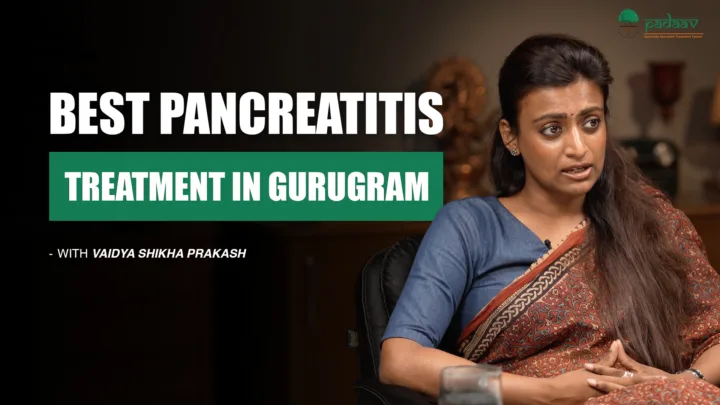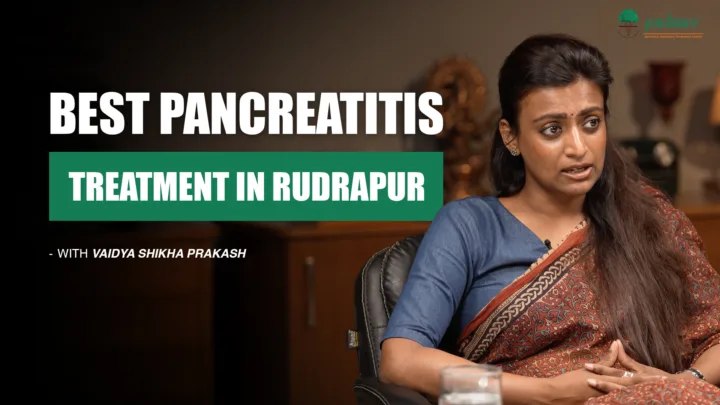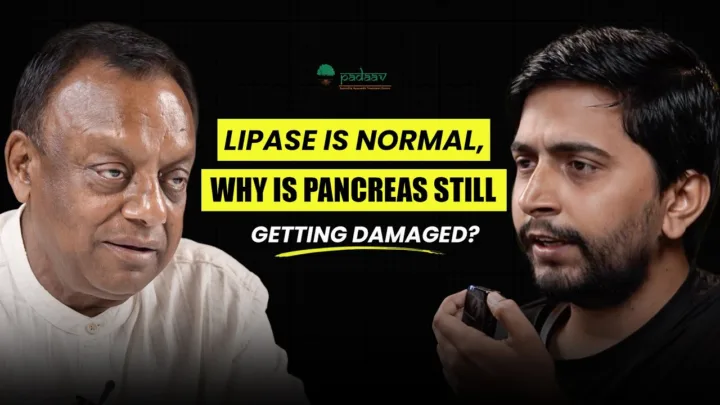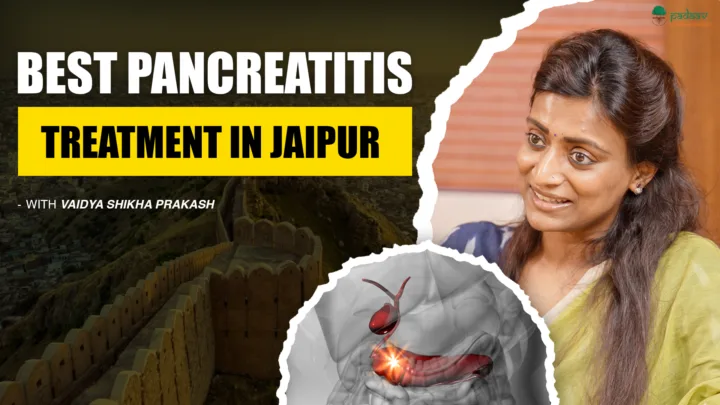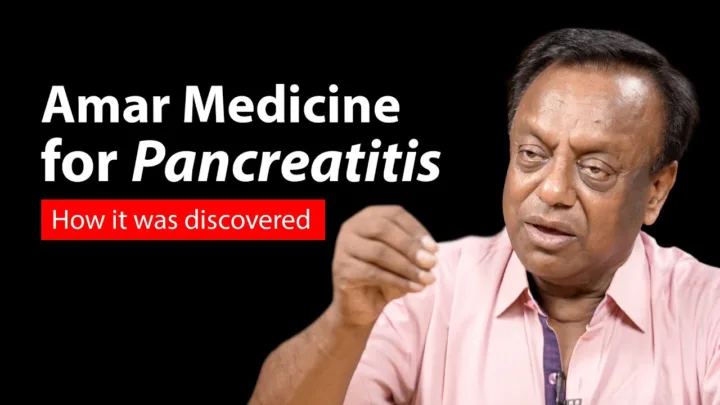The Unseen Battle: Tackling Mental and Emotional Stress
One of the most pressing concerns was a patient’s loss of confidence and social withdrawal due to weight loss. It’s a common experience. As our physician explains, “Why would a person who once enjoyed socializing suddenly stop meeting people?” The answer lies in the emotional toll of the illness.
Stress and anxiety are not just by-products of pancreatitis; they are significant obstacles to healing. In Ayurveda, it is said that “chinta chita sama” (worry is like a funeral pyre), consuming a person from within. There is no disease that stress and worry will not worsen. It is crucial for both the patient and their family to understand this mind-body connection. The caretaker, or Paricharak, plays a vital role here, acting as a guide and a source of unwavering positivity. They must be compassionate, patient, and prepared to offer gentle encouragement, helping the patient overcome the emotional barriers that physical illness creates.
Can the Pancreas Regenerate?
A caretaker shared that her husband’s pancreas was 60% damaged. She asked if the damage would continue to progress. The answer is based on the Vaidya Balendu Prakash’s extensive experience: once a patient begins treatment and follows the protocol, the deterioration stops. The remaining functional pancreas continues to work effectively, often leading to a restored quality of life.
Will the Disease Return After One Year of Treatment?
Vaidya Balendu Prakash noted that in his practice, a one-year course of treatment is generally sufficient for lasting relief. While some patients may experience minor discomfort afterward, about 90% remain completely symptom-free, provided they adhere to the prescribed lifestyle and dietary changes. The core philosophy is to remove the hetu (cause) of the disease, so it doesn’t have a reason to return.
Are Pancreatic Duct Stones a Problem?
The presence of stones in the pancreatic duct is a common symptom of pancreatitis. However, our physician’s experience has shown that these stones do not necessarily need to be removed. Once a patient starts the treatment, the body learns to function normally, and the stones often cease to cause pain or other complications. The focus is on restoring function, not on surgical intervention.
A patient’s wife asked how her husband could gain weight on the recommended diet, as he felt he was not eating enough. In these cases, the treatment can be adjusted to slightly increase the portion size of all food components, not just one. The focus is on nourishing the body with a complete and balanced diet that contains the right ratio of proteins, carbohydrates, vitamins, and minerals.
Is It Necessary to Have Frequent Checkups and Scans?
For patients on a one-year treatment protocol, the need for frequent checkups is significantly reduced. Balendu Prakash advises that blood tests to check liver and kidney function are sufficient. MRI and other scans are generally not needed for routine monitoring, as the goal is to observe the patient’s clinical improvement rather than repeated scans.
Can the Disease Be Passed on to Children?
A caretaker expressed a common fear: the possibility of the disease being passed on to her children. While there may be a genetic predisposition, the physician explained that the disease is not necessarily hereditary. The key to prevention is instilling healthy habits early in life, such as eating on time, sleeping on time, and following a balanced diet.
What to Do About a Sedentary Lifestyle?
For a software engineer who has a desk job, prolonged sitting is a risk factor. The physician’s advice is clear: one should get up and walk regularly. The goal is to avoid prolonged sitting and to include physical activity. For a patient, a simple walk of an hour a day after the initial treatment is recommended.
On the topic of physical activity and rest, the physician emphasizes that any kind of stress be it physical or mental, obstructs the healing process. Patients are advised to rest and recuperate for the first four months of treatment, after which they can slowly begin with light physical activity.
The Broader Picture: Reclaiming Control
At the heart of the conversation was the Vaidya Balendu Prakash’s profound insight into the social and lifestyle causes of pancreatitis. Drawing on his data series, he noted that 67% of pancreatitis patients had never consumed alcohol. He also found that the disease, often believed to be a “Western” or Southern Indian affliction, is now widespread in urban areas across India. The real culprits, he explained, are lifestyle choices like late nights, insufficient sleep, skipping breakfast, and long gaps between meals.
Ultimately, the physician’s advice for everyone healthy or sick; is to regain control over their lives. This includes following a disciplined schedule for eating, sleeping, and exercising, as this is the only way to prevent disease and live a life of complete well-being.

